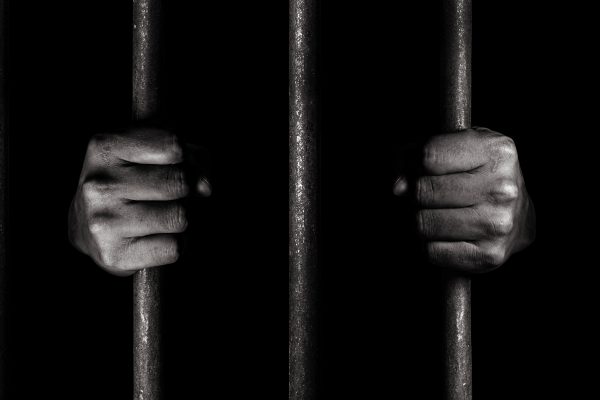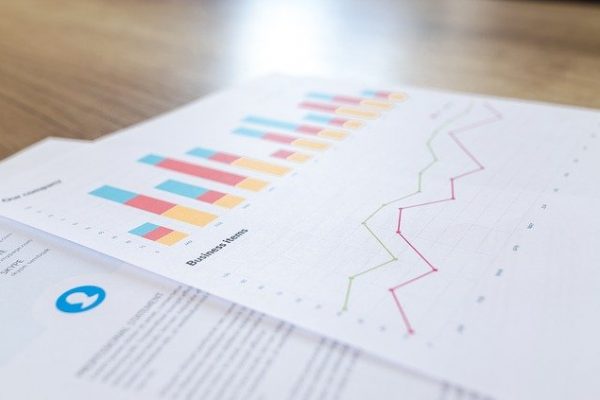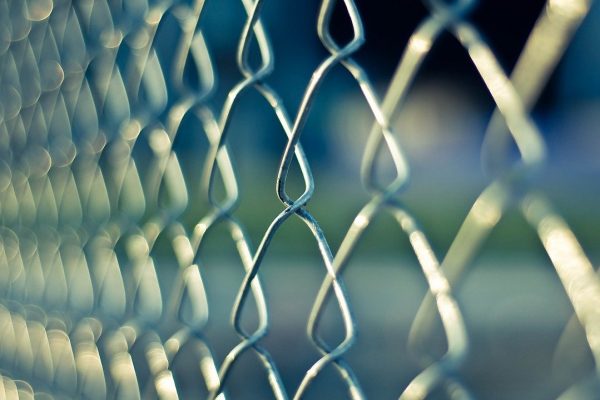New: Louisiana Deaths Behind Bars 2015-2021 Read Now
Heat Map of Known Deaths Behind Bars
Hover over parish for info, click for details
Number of Deaths Behind Bars
Resource: Teacher's Guide for collecting death in custody records Read Now
Report: Louisiana Justice: Data and Reform Opportunities (November 2022) Read Now
The mission of Incarceration Transparency is to publicly share data and research to address significant harms from conditions of incarceration. Prisons and jails are essentially “closed institutions holding an ever-growing disempowered population.”2 At any given moment in the United States, approximately 2.3 million people are behind bars, at least a quarter of whom have not been convicted of a crime.3
Nationally, local jails admit approximately ten million people annually and state and federal prisons admit approximately seven hundred thousand people a year.4 With so many people impacted, this website is a first step towards shining a light on conditions in prisons and jails. This is particularly significant for Louisiana, which leads the nation and the world in incarceration, but ranks last in all the categories of wellbeing, including healthcare, infant mortality, economy, education, and infrastructure.5
Since 1986, Louisiana has ranked in the top ten states nationwide for the highest incarceration rates. From 2005–2018, Louisiana ranked first in the nation and the world in holding people captive.6 Louisiana only lost its title of “Incarceration Capital of the World” to Oklahoma following bipartisan state legislation enacted in 2017, which lowered our per-capita incarceration rate. Louisiana still far outpaces the nation, incarcerating 712 people per 100,000,7 compared to a national average8 of 450 people per 100,000. In Louisiana, the incarceration rate for women is significantly higher than the national average. The majority of women in Louisiana are incarcerated for lower-level crimes, such as drug or property offenses.9 One in 12 children in Louisiana has an incarcerated parent. Racial minorities are also overrepresented in Louisiana prisons and jails. As of December 2018, African-Americans were 66.9% of the total prison population, but only 32.7% of the state population.
Citations
1 Warren Burger, Address by The Chief Justice, 25 Rec. of the Assn. of the Bar of the City of N.Y. 14, 17 (Mar. 1970 Supp.).
2 Margo Schlanger & Giovanna Shay, Preserving the Rule of Law in America’s Jails and Prisons: The Case for Amending the Prison Litigation Reform Act, 11 U. Pa. J. Const. L. 139, 139-40 (2008), https://repository.law.umich.edu/cgi/viewcontent.cgi?referer=https://www.google.com/&httpsredir=1&article=2261&context=articles
3 Peter Wagner & Wendy Sawyer, Mass Incarceration: The Whole Pie 2018, Prison Pol’y Initiative (Mar. 14, 2018), https://www.prisonpolicy.org/reports/pie2018.html.
4 Bruce Western & Becky Pettit, Incarceration and Social Inequality, Dædalus, Summer 2010, at 8, 11, http://prisonstudiesproject.org/wp-content/uploads/2011/07/pettit-and-west_incarc-and-social-inequality_2010.pdf
5 Peter Wagner & Wendy Sawyer, States of Incarceration: The Global Context 2018, Prison Pol’y Initiative (June 2018), https://www.prisonpolicy.org/global/2018.html; Louisiana Rankings and Facts, U.S. News, https://www.usnews.com/news/best-states/louisiana.
6 Bill Quigley, Louisiana Number One in Incarceration, Huffington Post (May 11, 2017), http://www.huffingtonpost.com/bill-quigley/louisiana-number-one-in-i_b_9888636.html.
7 Elizabeth Compa & Adam Gelb, Louisiana no Longer Leads Nation in Imprisonment Rate, Pew Charitable Trusts (July 2018), https://www.pewtrusts.org/en/research-and-analysis/articles/2018/07/10/louisiana-no-longer-leads-nation-in-imprisonment-rate.
8 Keeping Kids and Parents Together: A Healthier Approach to Sentencing in Louisiana, Human Impact Partners (March 2018), https://humanimpact.org/wp-content/uploads/2018/02/HIP_LAcaretakers_2018.pdf.
9 Elizabeth Swavola, Kristine Riley, and Ram Subramanian, Overlooked: Women and Jails in an Era of Reform, Vera Institute Just. (August 2016), https://storage.googleapis.com/vera-web-assets/downloads/Publications/overlooked-women-and-jails-report/legacy_downloads/overlooked-women-and-jails-report-updated.pdf; July 2018 Briefing Book, La. Dep’t Corrections, https://www.doc.la.gov/media/1/Briefing%20Book/July%2018/2.demographics.pdf (55.4% of convictions for incarcerated women consisted of drug, property, non-violent sex offenses, and miscellaneous crimes).
10 See Keeping Parents and Kids Together, supra note 56, https://humanimpact.org/wp-content/uploads/2018/02/HIP_LAcaretakers_2018.pdf
11 December 2018, Briefing Book, La. Dep’t Corrections, https://www.doc.la.gov/media/1/Briefing%20Book/Jan%202019/2.demographics.pdf; U.S. Census, Quickfacts: Louisiana, https://www.census.gov/quickfacts/fact/table/LA,US/PST045218





